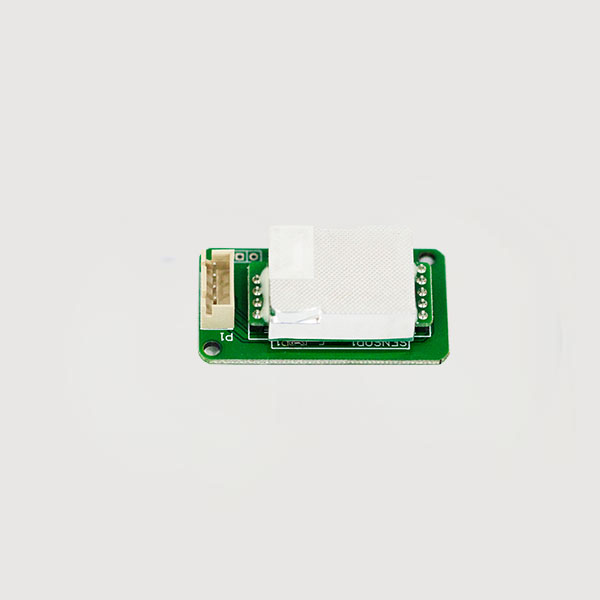

 News
News Industry News
Industry NewsSources of carbon dioxide pollution
Breathing is the biggest source of indoor carbon dioxide. Besides this, cooking, bathing, and smoking also produce carbon dioxide, especially at night when human and animal respiration is more frequent, causing a surge in indoor carbon dioxide concentration. This is why nighttime is often a high-risk period for respiratory illnesses, cerebral hemorrhage, and cerebral infarction.
Prevention and Control of Carbon Dioxide Pollution
Ventilation is a very effective way to address excessive indoor carbon dioxide concentrations. However, the increasingly prominent smog problem makes opening windows for ventilation difficult.
So how should we deal with the harm caused by high carbon dioxide concentrations? This is where carbon dioxide sensors come in.

TX-Z19D Carbon Dioxide Gas Sensor
First, to prevent excessive carbon dioxide levels, we need to know the carbon dioxide concentration in our environment. In densely populated indoor spaces, it's necessary to monitor the carbon dioxide concentration in real time and then take appropriate ventilation measures based on the monitoring results. The devices used to monitor indoor carbon dioxide are carbon dioxide sensors.
In smart home scenarios, fresh air systems can be automatically controlled via built-in carbon dioxide sensors. Once the system detects excessive indoor carbon dioxide levels, it can automatically activate the fresh air system, expelling stale indoor air and introducing filtered fresh outdoor air, maintaining good indoor air quality at all times.
Infrared carbon dioxide sensors, with their advantages of good selectivity, oxygen independence, and anti-interference, are widely used in air quality monitoring, fresh air systems, air purification equipment, smart homes, and other fields.